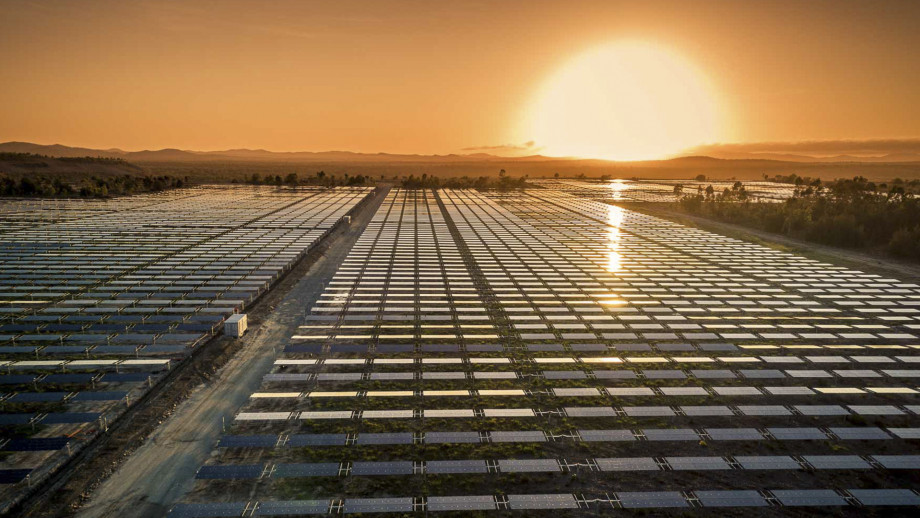Ipswich son and former Australian cricket coach John Buchanan once published a book called “If Better Is Possible”, and with the news that Ipswich City Council has given the go-ahead to a 50 MW solar farm at a vacant site in Karrabin, we may just be able to do away with the “If”. After all, for Ipswich, once called Queensland’s ‘cradle of coal mining’, solar is a sure sign of growing up.
The $80 million project will see approximately 120,000 solar panels installed on the site, adjoining the Bremer River and Campbell’s Gully, which already boasts Energex power lines, meaning the farm’s clean solar energy can feed directly into the grid.
EIWA Karrabin Solar, a subsidiary of EIWA Group, is the firm behind the project. EIWA Group has a history of projects throughout East Asia and set up a Queensland branch in 2018 with a development target of 1.5 GW leading up to 2020.
Though ambitious, EIWA group seems to have struggled over the last two years, like many big developers, as the problems of grid congestion and a lack of long-term government renewable energy policy have stalled large-scale investment. Indeed, EIWA Queensland has had a 92 MW solar farm in the pipeline near Bundaberg since 2018.
However, EIWA Karrabin Solar’s Material Change of Use application approval could well be a sign of a changing tide and positive things to come.
Ipswich Councillor Kate Kunzelmann said the solar facility would have wide reaching benefits for the city as a “fantastic opportunity to grow Ipswich’s renewable energy sector and drive a more sustainable future for our community.”
Kunzelmann was also excited about the creation of jobs such a large-scale project provides, including 50 new jobs during the construction phase along with five-full time positions and five part-time positions once the facility is in operation.
As part of EIWA Karrabin Solar’s application Council approved the clearing of some vegetation for the solar farm but no vegetation from along the Bremer River or Campbell’s Gully will be removed. The revegetation of cleared land is perhaps something for EIWA Karrabin Solar to consider, as SA Water and Succession Ecology have shown in dusty parts of South Australia, native shrubbery and solar panels work in symbiosis.
EIWA Karrabin Solar is, after all, an ecologically aware firm. The future solar farm site is identified as a key koala habitat area, although no recent koala activity has been recorded. Nevertheless, the solar developer says it will plant approximately 4,500 new native trees upon 32 hectares of the site in the hope of encouraging koalas to return.
The 50 MW project’s council approval is a big step forward, however it seems Council itself is a few steps behind as no evidence of solar on its own sites could be found. This solar lack is quite made starker by the fact that the neighbouring Logan City Council has just passed the 1 MW mark on its own facilities and plans to more than double that milestone in the next year.
This content is protected by copyright and may not be reused. If you want to cooperate with us and would like to reuse some of our content, please contact: editors@pv-magazine.com.









By submitting this form you agree to pv magazine using your data for the purposes of publishing your comment.
Your personal data will only be disclosed or otherwise transmitted to third parties for the purposes of spam filtering or if this is necessary for technical maintenance of the website. Any other transfer to third parties will not take place unless this is justified on the basis of applicable data protection regulations or if pv magazine is legally obliged to do so.
You may revoke this consent at any time with effect for the future, in which case your personal data will be deleted immediately. Otherwise, your data will be deleted if pv magazine has processed your request or the purpose of data storage is fulfilled.
Further information on data privacy can be found in our Data Protection Policy.